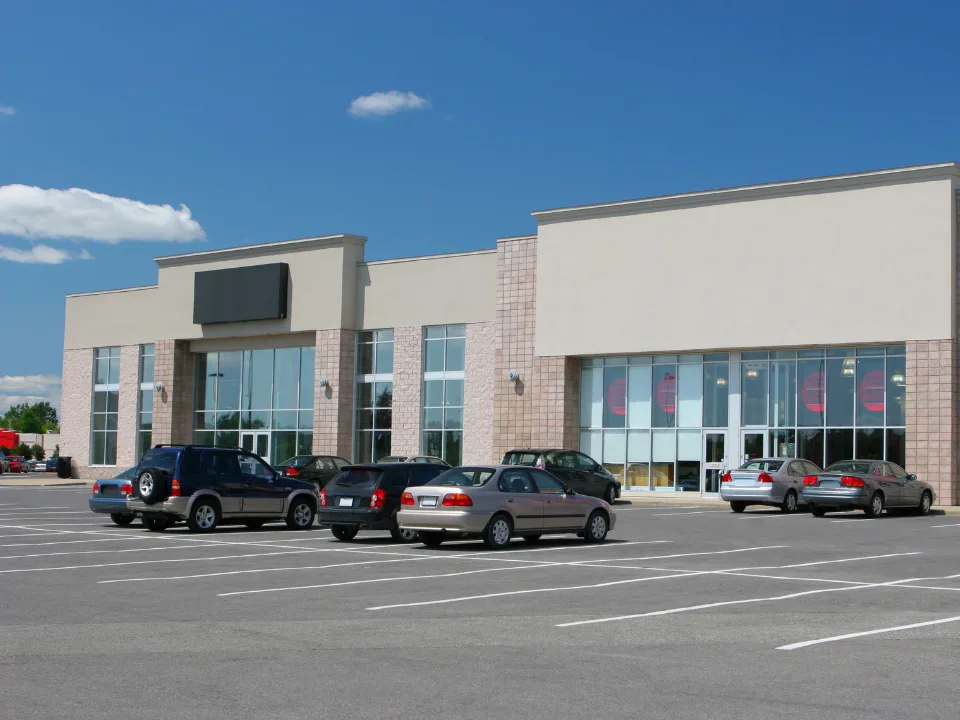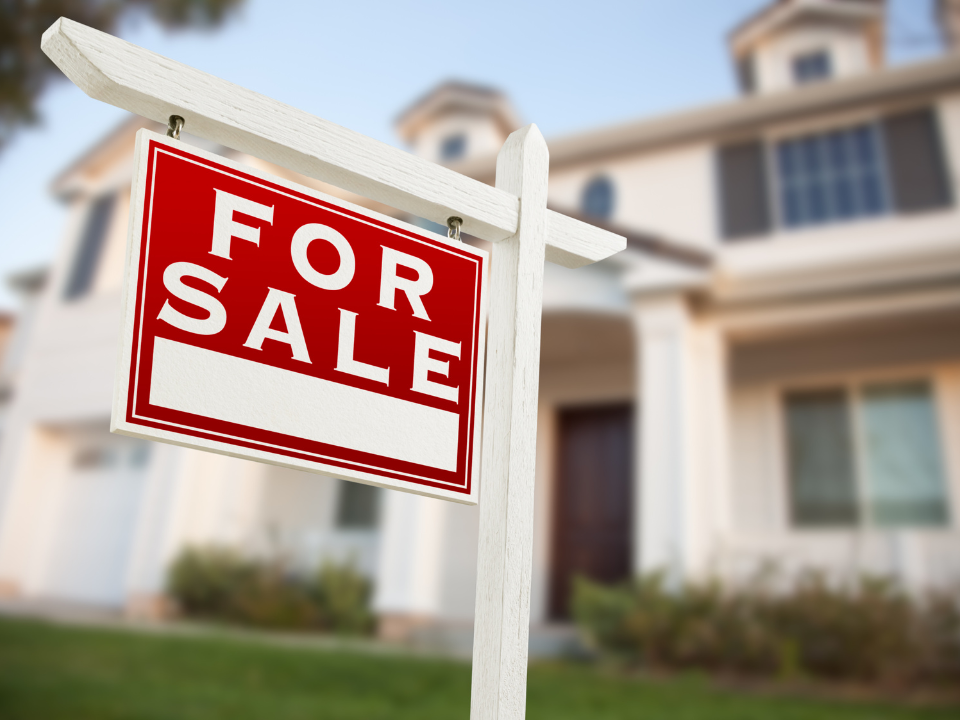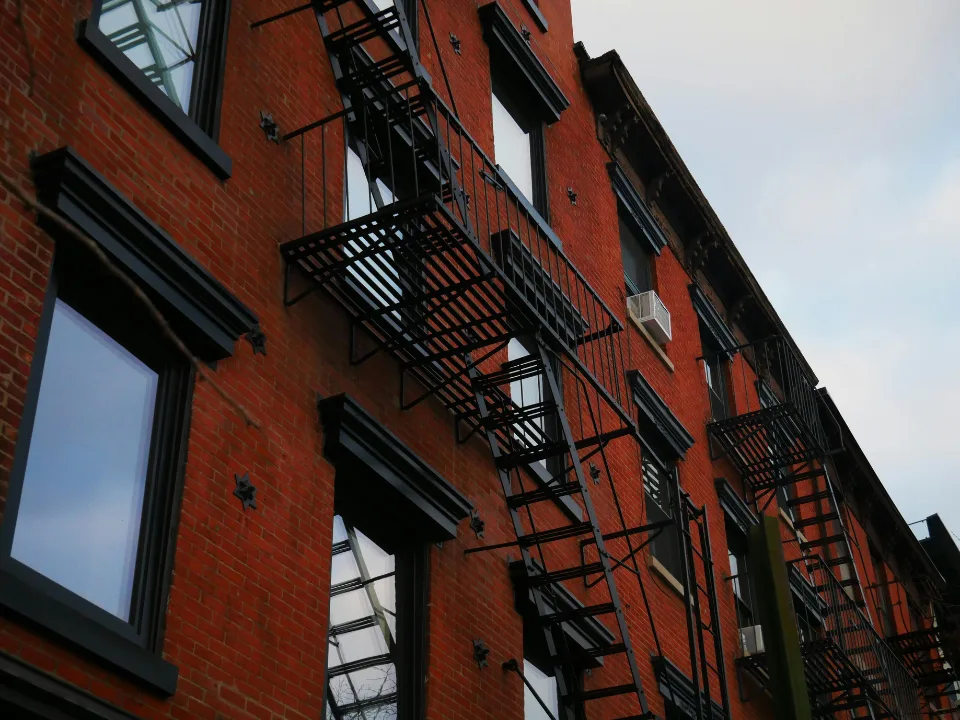- According to data from the National Association of Realtors, home sales are projected to hit their lowest levels since 1995, marking the second consecutive year of record lows.
- Elevated mortgage rates and high home prices continue to deter buyers, despite brief declines following recent Federal Reserve cuts.
- The national median existing home price was up 3% YoY in September to $404.5K, adding to affordability challenges.
According to The Real Deal, high prices and rising mortgage rates are stifling home sales across the country, putting the market on track for its lowest annual total since 1995.
By The Numbers
According to the National Association of Realtors, sales of previously owned homes dropped by 1% in September compared to August, hitting an annualized rate of 3.84M—the lowest monthly rate since October 2010.
Economists had hoped for a recovery in home sales this year, but affordability remains a key issue. With the housing supply still tight and mortgage rates remaining high, even recent rate cuts by the Federal Reserve failed to spur significant buying activity. Rates briefly fell to 6.08% in September, a two-year low, but quickly rose again, dampening hopes for a sustained improvement.
Michael Read, owner of Bridgeway Mortgage & Real Estate Services, noted, “That trickle up in rates, to right back where we were, just sucked the air out.”
Too Damn High
The national median price of $404.5K in September marked the highest median price recorded for any September. Home prices remain elevated due to limited supply, with a 4.3-month inventory available at the current sales pace—below the level considered balanced between buyers and sellers.
In many cases, potential sellers are opting to keep their properties to preserve the low mortgage rates they secured in recent years, contributing to the inventory shortfall.
Get Smarter about what matters in CRE
Stay ahead of trends in commercial real estate with CRE Daily – the free newsletter delivering everything you need to start your day in just 5-minutes
Economic, Political Factors
Rising home insurance costs, uncertainty about the upcoming presidential election, and the elevated 10-year Treasury note rate, which influences mortgage rates, have also added to market volatility.
And despite Vice President Kamala Harris and former President Donald Trump each proposing plans to address home affordability, significant changes have yet to materialize.
Mortgage applications have declined for four straight weeks, reflecting broader market hesitation. Although some real estate professionals remain optimistic about a market rebound in early 2025, current trends suggest buyers are still wary.
The housing market has become a focal point in the 2024 presidential election, with both candidates emphasizing affordability. VP Harris has outlined initiatives to boost housing supply and provide down payment assistance, while Trump’s plan involves building on federal land and reducing regulatory barriers.
What Lies Ahead?
As the holiday season approaches, buying activity typically slows, but some agents expect renewed interest in early 2025.
David Schlichter, a real estate agent from Denver, remains hopeful, stating, “It’s not like all of a sudden people have stopped needing to buy houses. You can only defer for so long.”
For now, the market remains challenging. Buyers who can navigate high rates and prices are finding reduced competition, giving them more leverage in negotiations. Still, without a significant reduction in mortgage rates or a surge in housing supply, the market may continue to struggle into the next year.

















